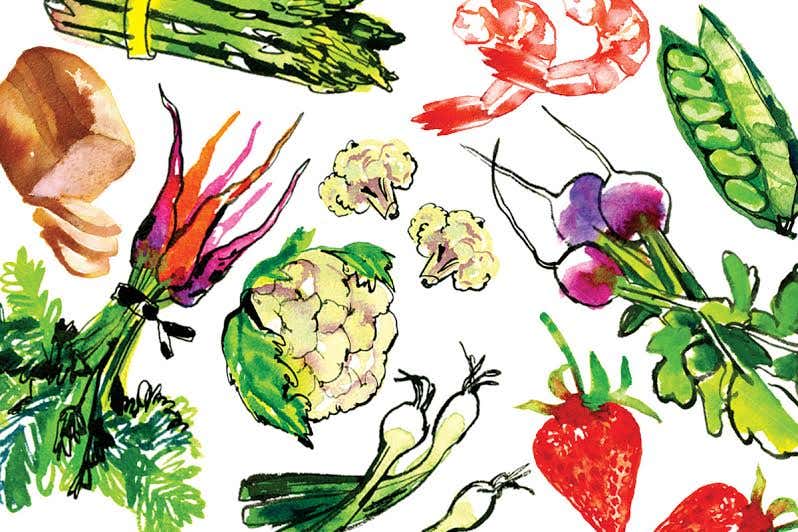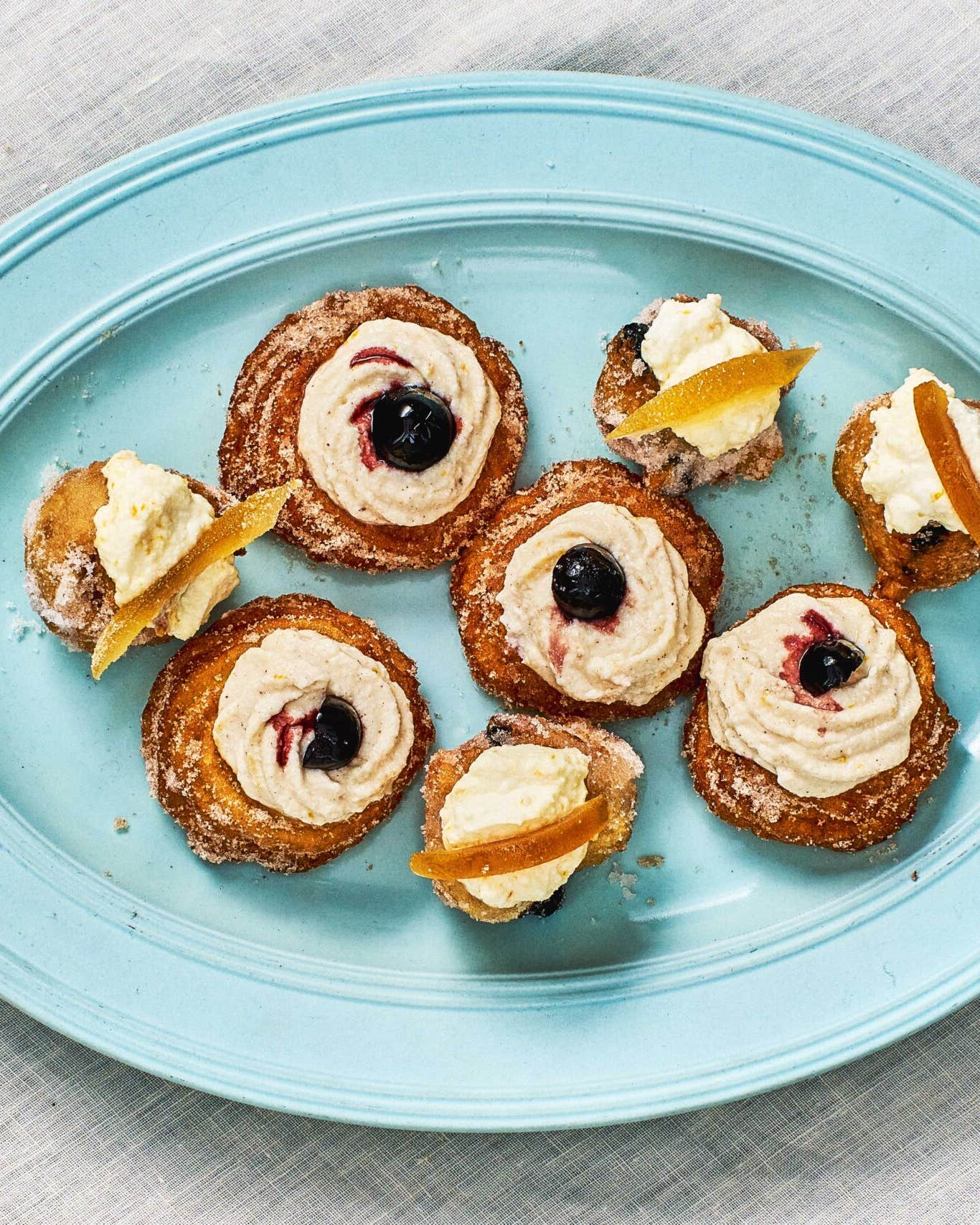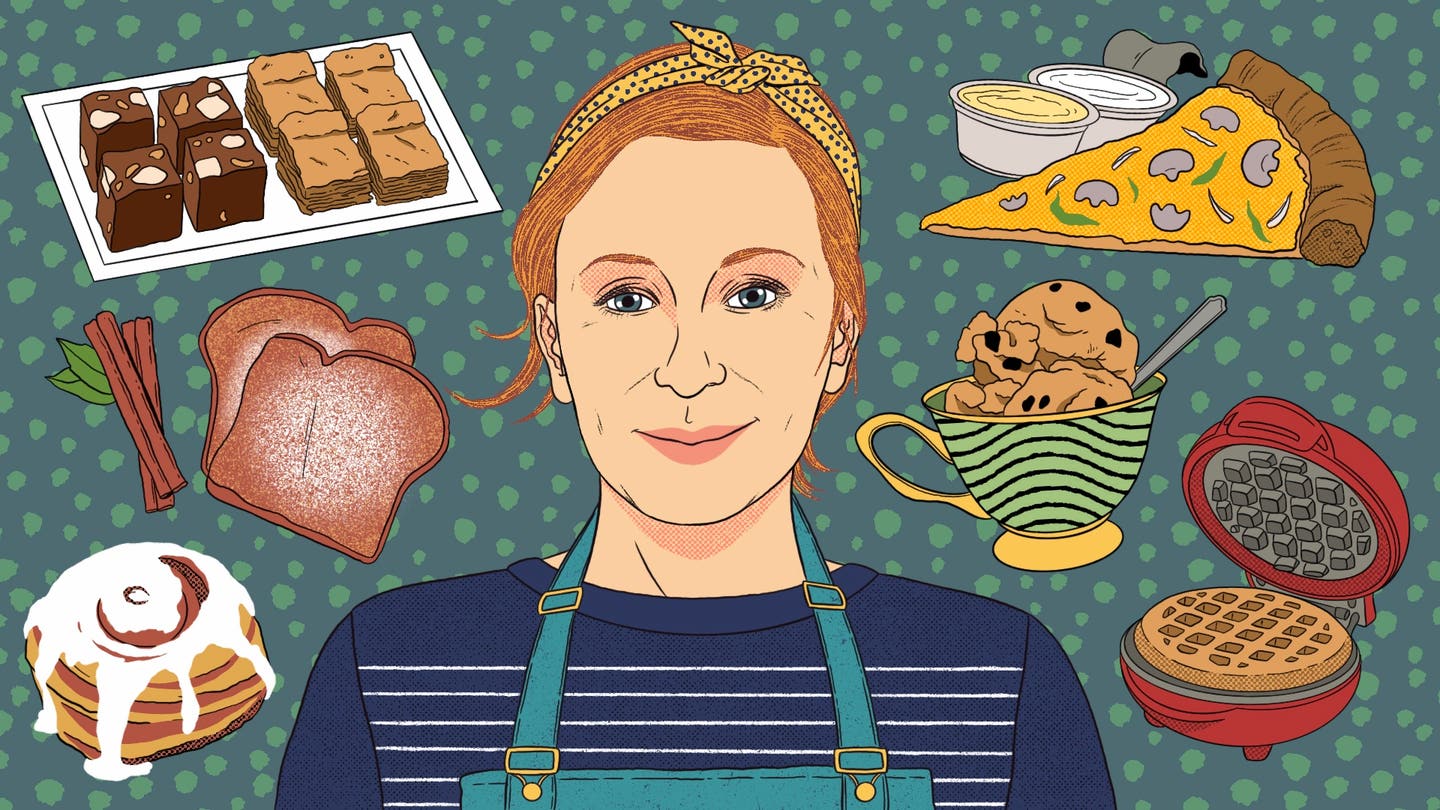
A Cook’s Manual of Style
In their landmark 1959 guide to English grammar and usage The Elements of Style, the Cornell University English professor William Strunk Jr. and New Yorker essayist E. B. White offered a concise set of rules and guidelines to aid aspiring writers. Now, journalist Michael Ruhlman has sought to do the same for the culinary arts with The Elements of Cooking, a mini-encyclopedia of terms and tips published last month by Scribner, which aims to impart to home cooks the hard-won knowledge the author has acquired while reporting from restaurant kitchens and the Culinary Institute of America. The book serves as a handy primer on classic French techniques, but what impressed us the most were the secrets of the professional kitchen that we've rarely seen praised in print. Below, we expound on a few of them.
THE TOOLS Ruhlman sings the praises of hotel pans, those inexpensive "rectangular steel pans of varying sizes and depths" that are workhorses of the restaurant kitchen (and just as helpful to home cooks) for cooking, storing, and serving food. (The perforated ones function as colanders, steamers, and, in a pinch, spatzle presses.) China caps, which are large, conical metal strainers, are another boon to cooks at home, ideal for draining and using in place of hard-to-clean sieves, for liquifying ingredients, and for extracting flavor from stocks and sauces. Another underappreciated professional kitchen tool is painter's tape, which cooks use for labeling containers because it's easier to write on than masking tape and residue-free.
THE TRICKS Popular though chefs' television cooking shows are nowadays, many trade secrets have still not crossed over into the home kitchen. Foremost among them is pan roasting, the method of searing food in an ovenproof pan or skillet and then transferring it to the oven for faster and more uniform cooking. Making and cooking with veal stock is another restaurant standby often overlooked in home kitchens; the stock is especially rich in collagen and lends body and depth to all sorts of dishes. Ruhlman also highlights store-bought items that chefs (sometimes secretly) swear by, including superfine Wondra flour, which is used in restaurant kitchens for making feather-light batters, and jarred mayonnaise, loved by professional cooks for its ability to create quick, easy, and stable sauces.
THE TALK Some of the book's most valuable lessons are big-picture concepts that chefs often try to instill in their proteges. Recipes, Ruhlman writes, are more than mere sets of instructions; they are "guides and suggestions for a process that is infinitely nuanced". Hearing food as it cooks is as important as watching, smelling, and tasting it. And while home cooks may not think to apply the word finesse to their everyday cooking, Ruhlman writes that the "small extra efforts or movements that result in excellence or refinement" are what all cooks should aim for.
Keep Reading
Continue to Next Story










